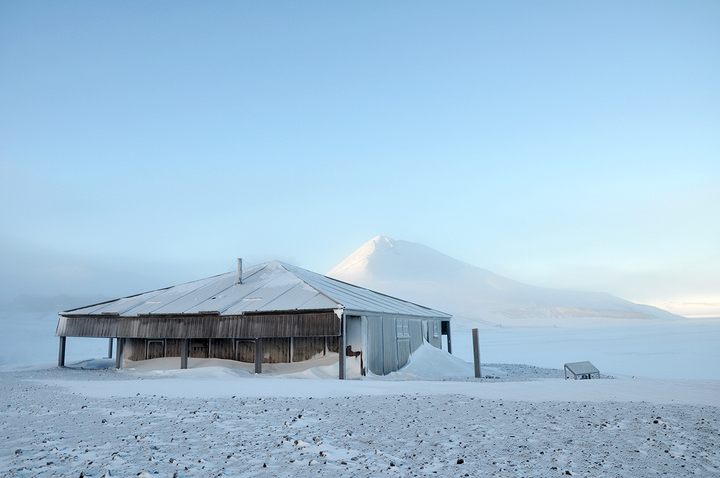
Preserved Antarctic Huts Reveal the Isolated Existence of Early Explorers
They “were essentially stuck in their bunks for the whole winter.”
It was a clear, summer day in the Antarctic when Lizzie Meek saw the penguins lie down. All around the historic expeditionary hut at Cape Adare, penguins dropped to their stomachs, beaks pointed toward the wind.
“So, it’s really quite obvious that they’re getting ready for something,” recalled Meek, a conservator for the New Zealand Antarctic Heritage Trust (NZAHT). That something turned out to be a summer storm with winds that reached over 70 miles an hour.
Meek and her colleagues had reached the rocky peninsula traveling by plane and helicopter. The nearest humans were 250 miles away on the Italian Antarctic base. All the group could do was ride out the storm inside the century-old wooden hut they had come to restore.

In 1899, 10 men on an expedition led by Anglo-Norwegian explorer Carsten Borchgrevink rode out an entire Antarctic winter in the tiny structure, which they’d assembled from prefabricated segments. Photos from the time show snow up to the eaves. Inside, the men not only lived but also worked in a darkroom and taxidermy studio on the expedition’s mission to document the continent.
“The only private space his men had was their own bunk,” says Meek. Some were enclosed by a sliding panel, as on a whaling ship. The size of the hut meant that they “were essentially stuck in their bunks for the whole winter.”
For decades after the original expeditions, this hut and others like it sat mostly full of snow and ice, which had the effect of preserving them long beyond their intended life-span. But the structures, many of which were dug out again starting in the 1960s, had still deteriorated. The restoration work, currently undertaken by heritage trust teams from New Zealand and the U.K., involves shoring up the huts, weighed down by snow and ice and weathered by the Antarctic winds, and attending to the objects inside.
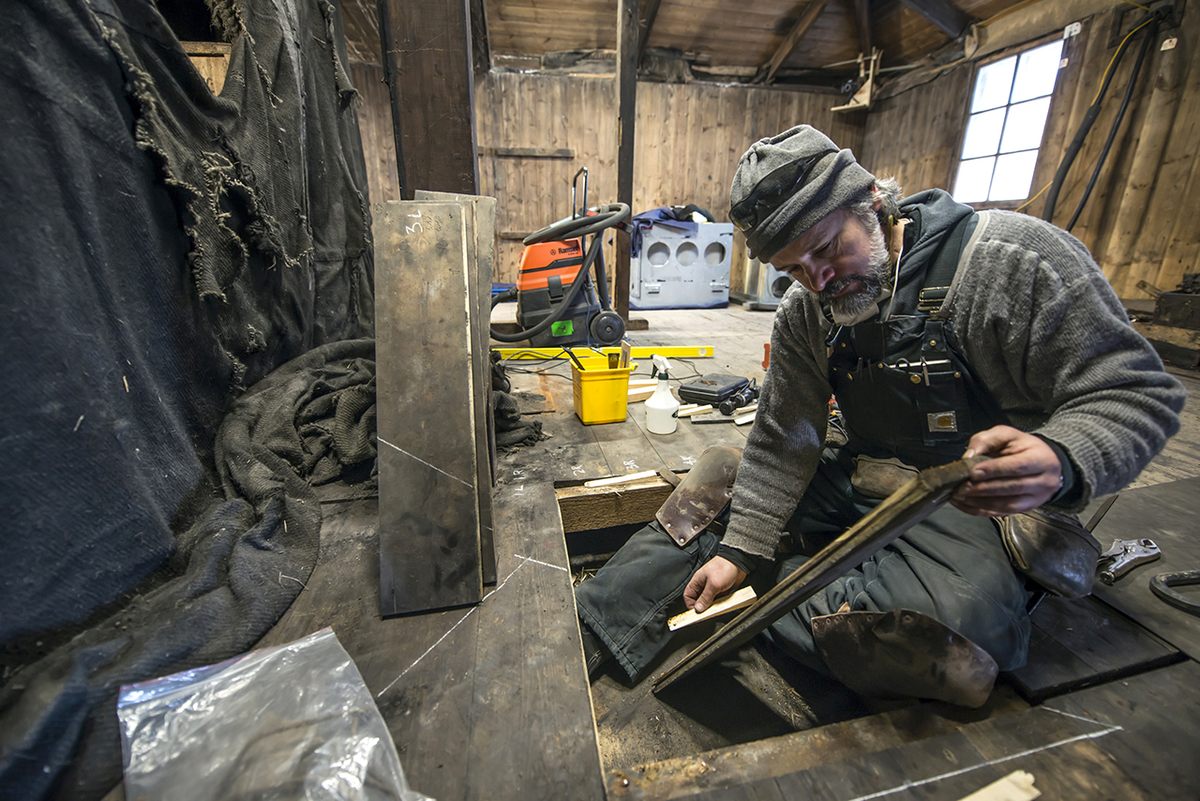
Meek has returned to Antarctica for part of almost every summer since 2005 for the NZAHT, which began a major restoration campaign in the early 2000s of the five sites in its care. These include the hut at Cape Adare and three others dating to the early 20th century “Heroic Era” of Antarctic exploration, and a fifth built in 1957 by Sir Edmund Hillary. Another set of structures falls under the responsibility of the UK Antarctic Heritage Trust.
Gordon Macdonald, the heritage carpenter who has led much of the building conservation and works alongside Meek in Antarctica,* says that early expedition leaders tried to set up the huts they used as a base close to food supplies—meaning seals and penguin colonies.
The oldest, at Cape Adare, “is located adjacent to a huge colony of Adélie penguins, and the Adélie penguins kind of co-opted and inhabited the huts after everyone left,” he says.
Even today, worksites are prone to visits by curious penguins. Put something down, he says, and you’re apt to return to find a penguin has hopped on top of it to get their feet off the cold ground or slipped around the back to get out of the wind.
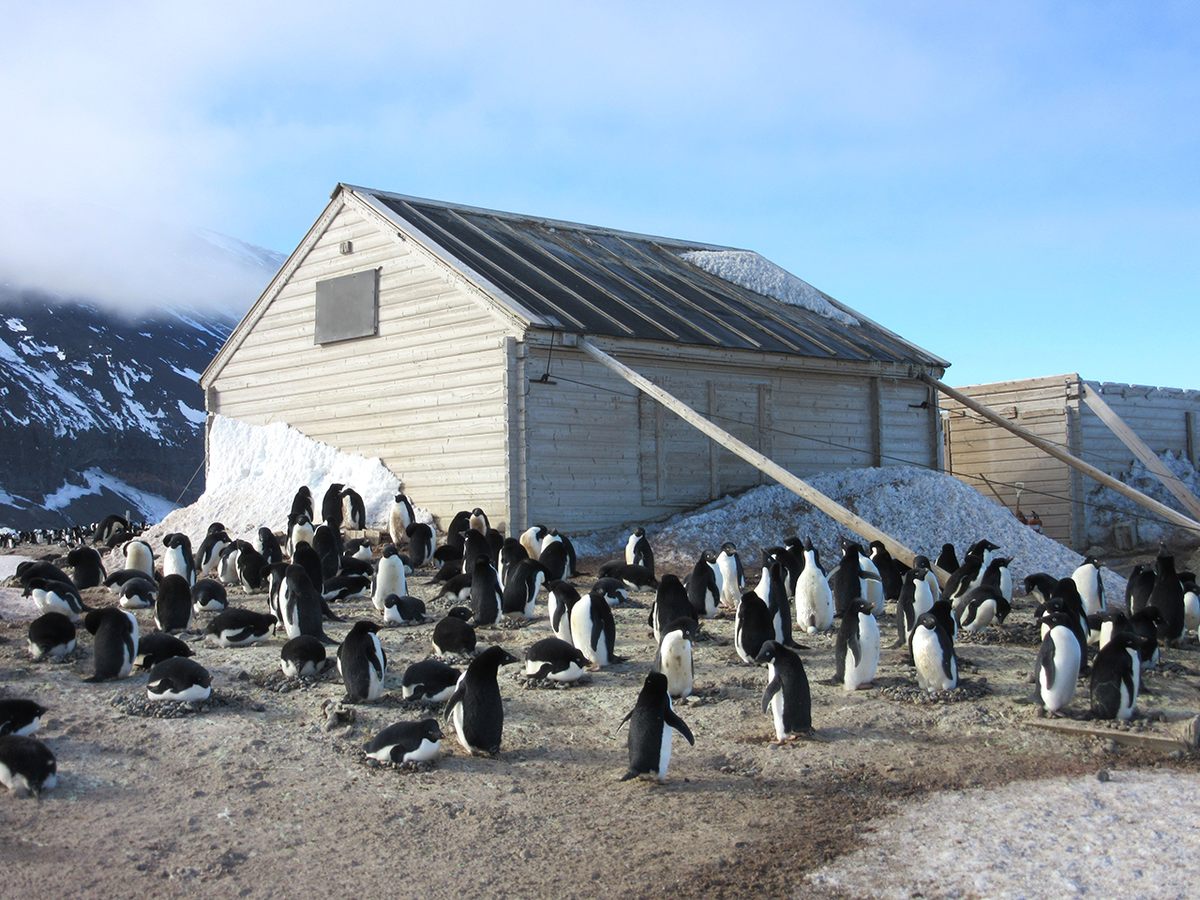
Inside the huts, “what’s left behind is the day to day stuff,” Meek explains, since the expeditioners mostly took home scientific tools, many of which have since entered museum collections around the world.
On-site, conservators have found lots of canned food, clothing—some labeled with the owner’s name—a 1912 calendar, and at least one immaculately preserved, tinned fruitcake.
Ernest Shackleton’s hut—which you can look around via Google Street View—alone contains 5,000 items.
“I think that, to me, that’s what’s interesting is the picture you get when you’re in the building of what it was like to live and work there, how hard things were used, and reused and repaired. It’s just a very human experience,” says Meek. “We’ve got board games and lots of books and periodicals and you can just see how well-read many of them were.”
The members of Robert Falcon Scott’s 1910 expedition delivered evening lectures to each other in their hut, some accompanied by slides, on topics ranging from volcanoes to penguins to a presentation from the resident artist on sketching technique.

Antarctic expeditioners also made elaborate, multi-course dinners during their enforced confinement (polar explorers, they’re just like us!), “where everyone would dress up to the best of their ability with whatever they had,” says Macdonald, “with a multiple course meal and they would prepare menus, and all of this sort of drama and theater that would go along with the meal would make it more fun.”
“We are living extraordinarily well,” wrote Scott in his diary during that same expedition. “At dinner last night we had some excellent thick seal soup, very much like thick hare soup; this was followed by an equally tasty seal steak and kidney pie and a fruit jelly.”
Cooking, it turns out, is still a favorite leisure activity of visiting historic restoration teams, who spend between six to eight weeks on the continent during the Antarctic summer, working 12-hour days, six days a week. The variety of provisions is limited, says Macdonald, but workers make do with basic ingredients by “bringing along a few personal spices.”

The conservation work the teams do also differs in key ways from a historic house in less extreme climes.
“Conservators,” says Meek, “will go to sleep in their sleeping bag at night with their adhesive in the sleeping bag with them so that it doesn’t freeze.” Materials behave differently in the cold. Cameras and electronic scales run through batteries.
Then, normally, object conservation involves treating items to delay deterioration, which, in a climate controlled, museum setting, can become virtually imperceptible.
The Antarctic huts are far from weather-proof. Over the years, sea air and salty snow has coated most of those items in a layer of salt, which together with the damp can corrode materials like metals.
Conservator Sophie Rowe told a museum conservation podcast about a “particularly amusing” find during a trip to the Antarctic for the UKAHT, “which was a tin of [table] salt, where the tin had just absolutely disintegrated and you’re left with literally a pillar of salt on the kitchen shelf.“
Meek can do some delicate work, including desalinization treatments, in lab-like conditions at the modern Scott Base research facility. Ultimately though, they all go back in the huts, where they will go through inevitably damaging freeze and thaw cycles.
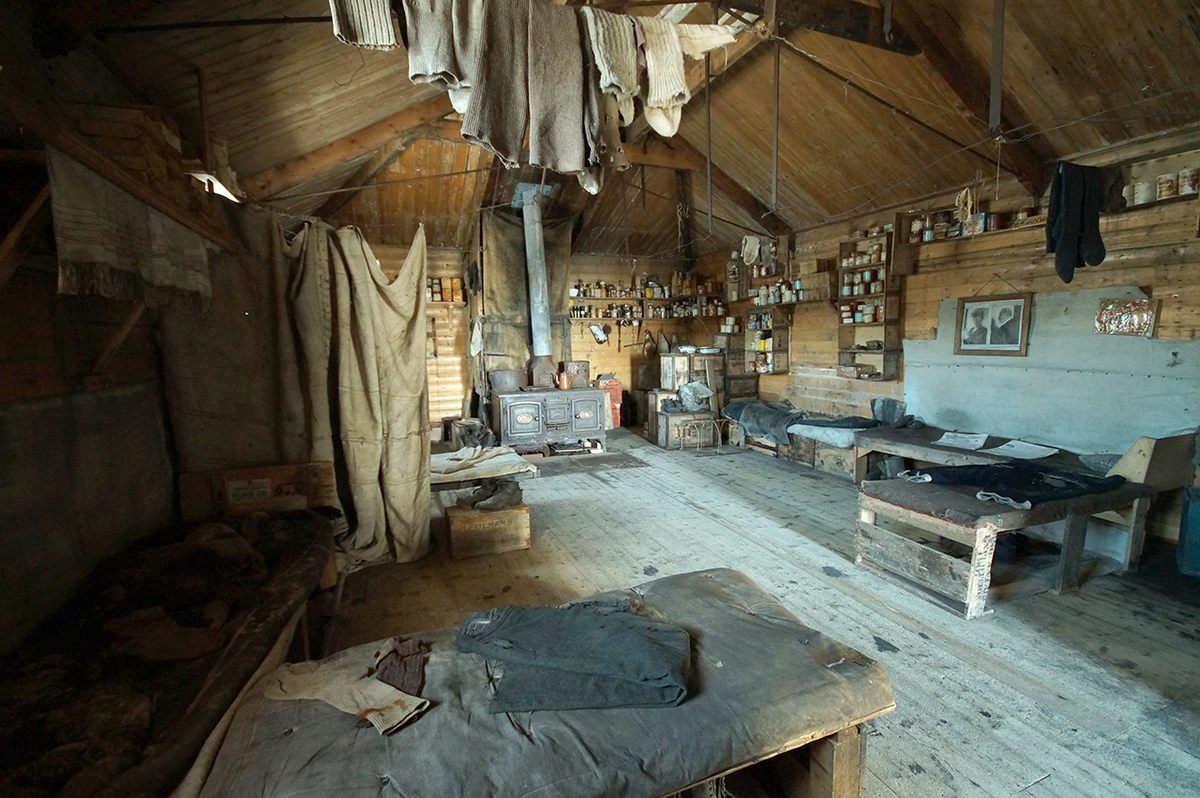
“We can’t control the environment down there. We just try and work with it as much as we can,” Meek said.
The question of how much to interfere with these sites is one of the “serious questions that conservators agonize over,” says Macdonald.
Polar conservation “is taking place in the context of a rapidly changing global climate,” he says. Then, “these are places that we’re conserving for the enjoyment and inspiration of future generations. And yet they can be loved to death if we’re not careful.”
Many historic sites around the world, he points out, now have to cordon off areas for fear of damage. And, pre-pandemic, the huts had been receiving an increasing number of visitors, part of a growth in Antarctic tourism.
In the Antarctic, says Macdonald, “We want people to be able to experience the magic of going inside one of these buildings and all the smells and the sounds of them and they’re just sort of evocative. They’re, they’re lovely places.”
The major restoration work to the huts has been completed for four of the five sites in the care of the NZAHT. Macdonald says they have been working their way out to completing the most remote, at Cape Adare, with plans to return in January of 2021 if COVID-19 does not keep him confined at home.
*Correction: The original version of this story said Gordon Macdonald is a heritage carpenter who has accompanied Meek to Antarctica. We’ve updated the wording to better reflect Macdonald’s role.
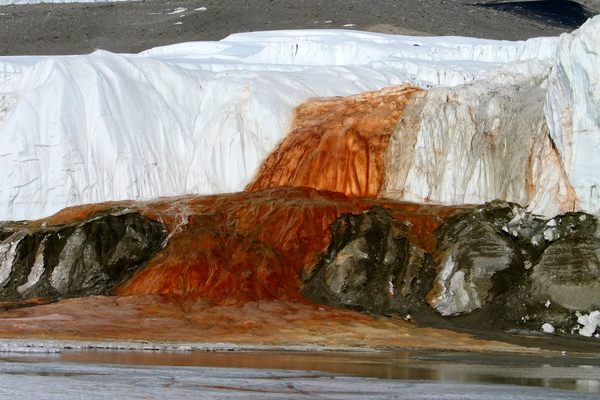


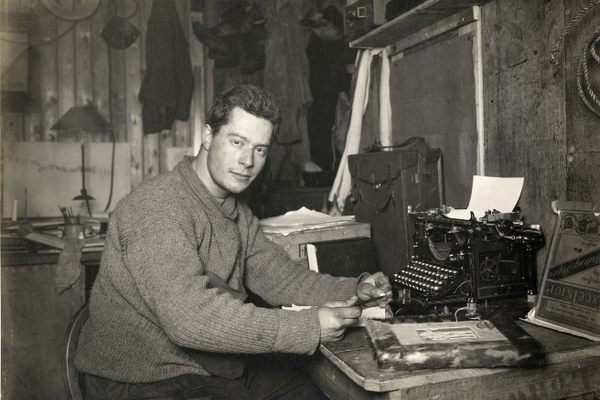






Follow us on Twitter to get the latest on the world's hidden wonders.
Like us on Facebook to get the latest on the world's hidden wonders.
Follow us on Twitter Like us on Facebook